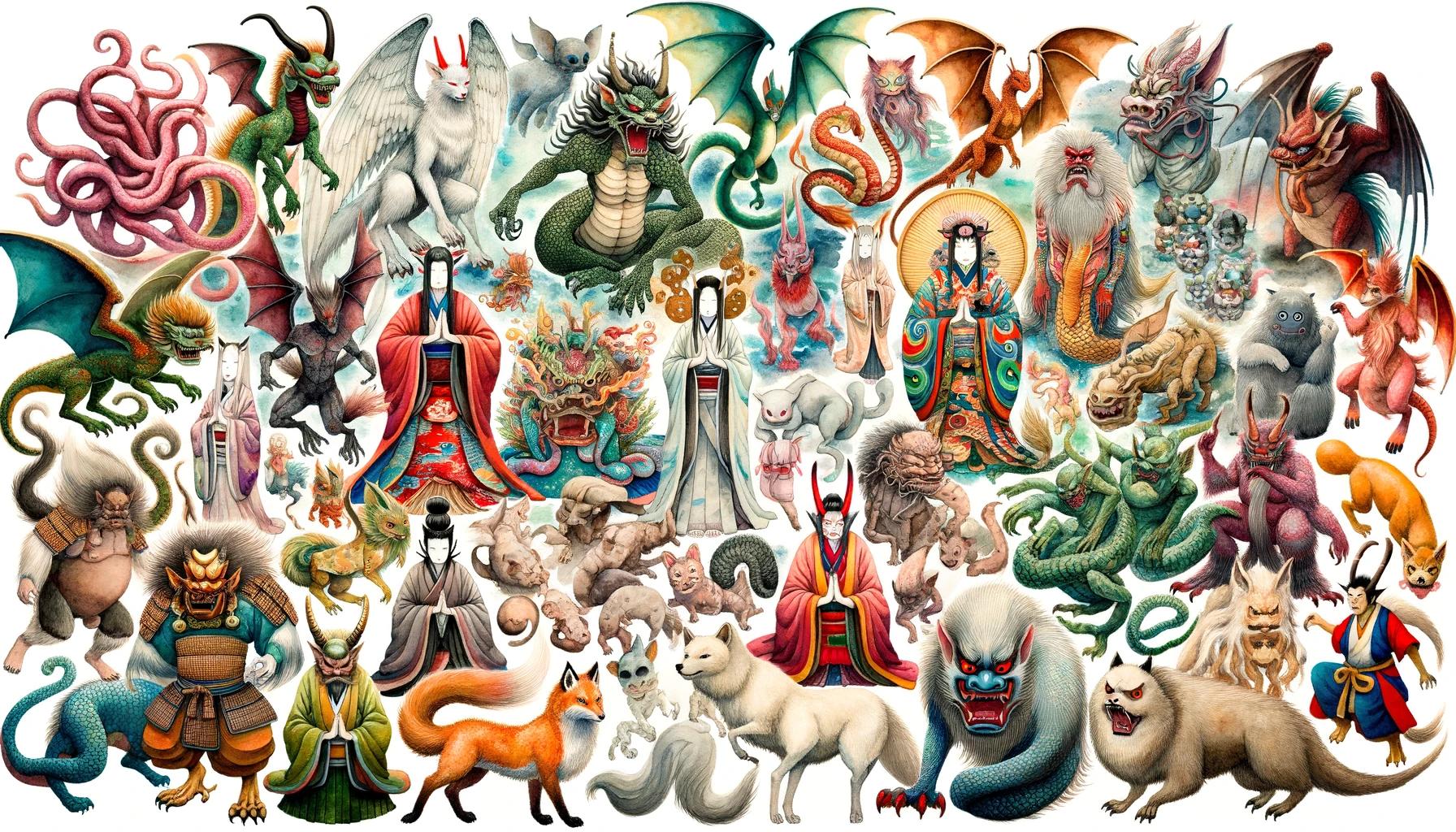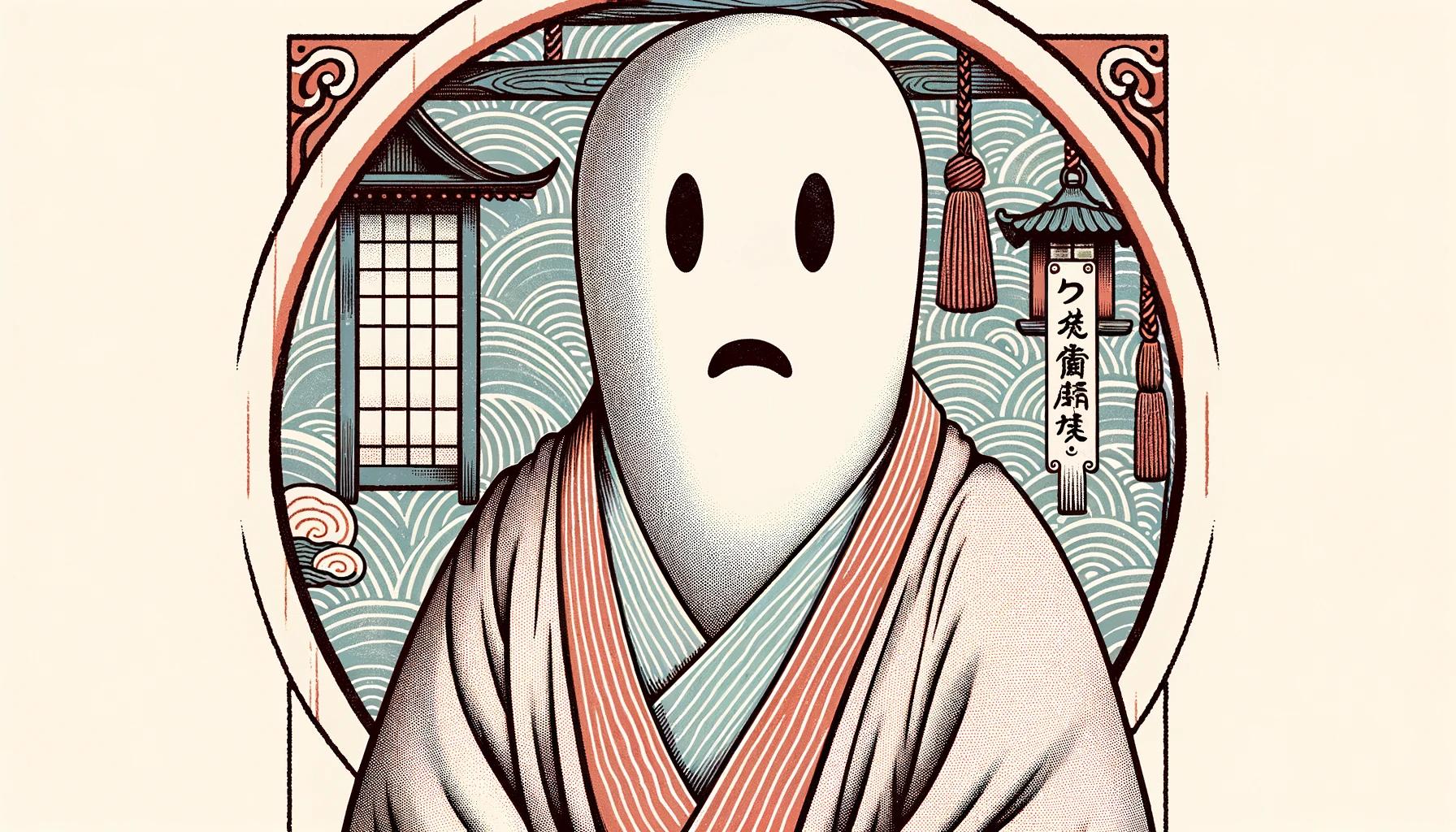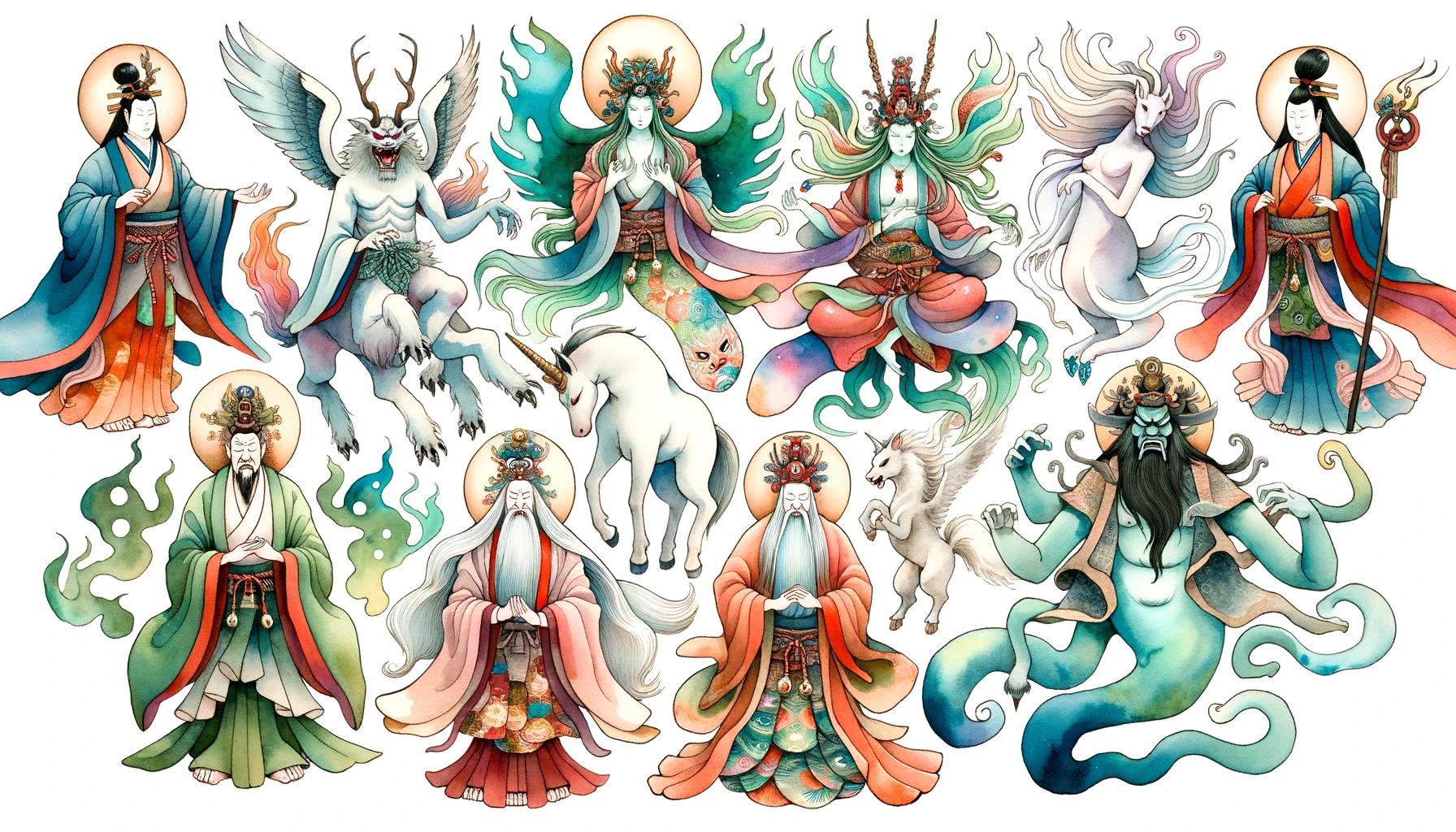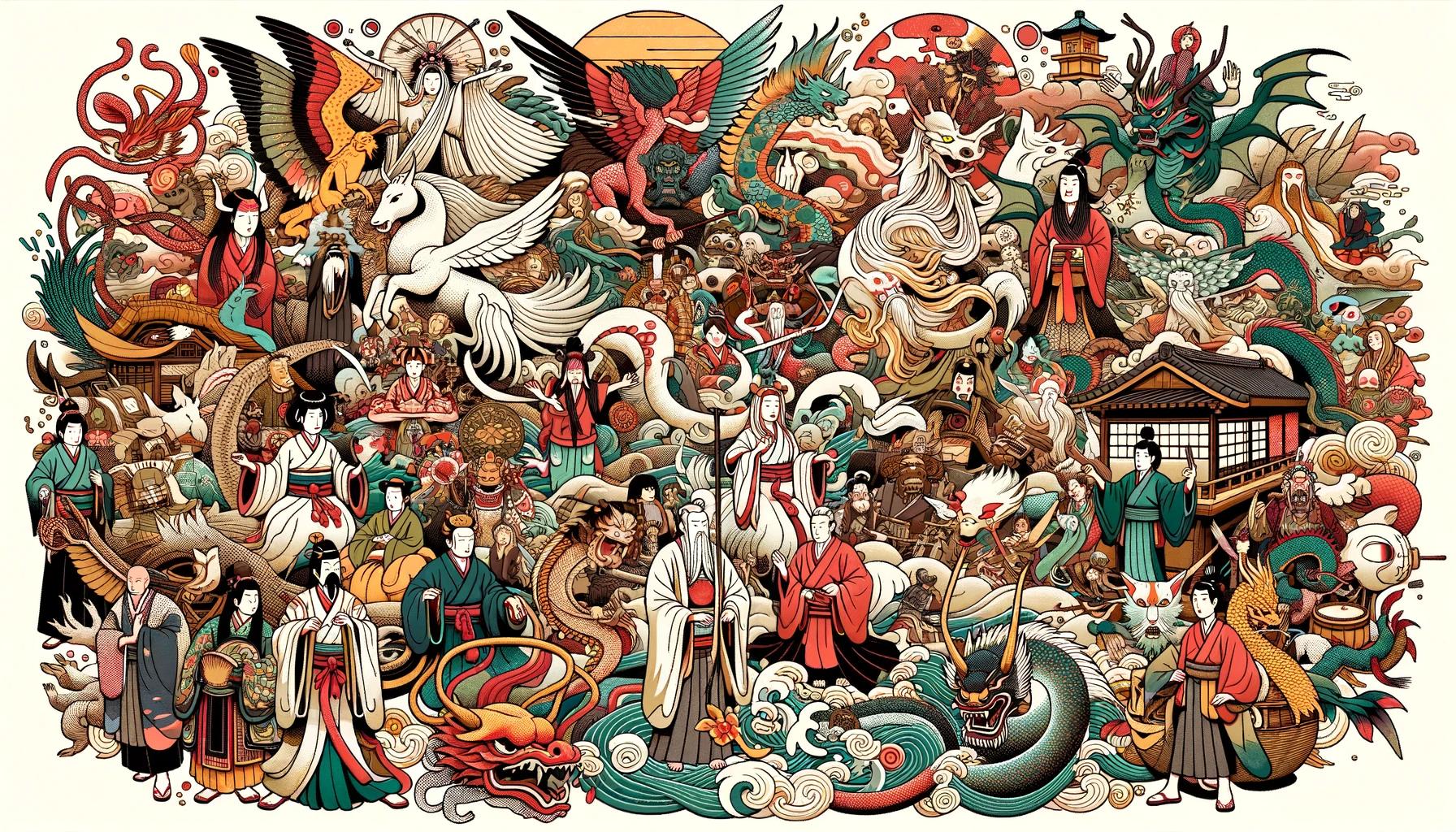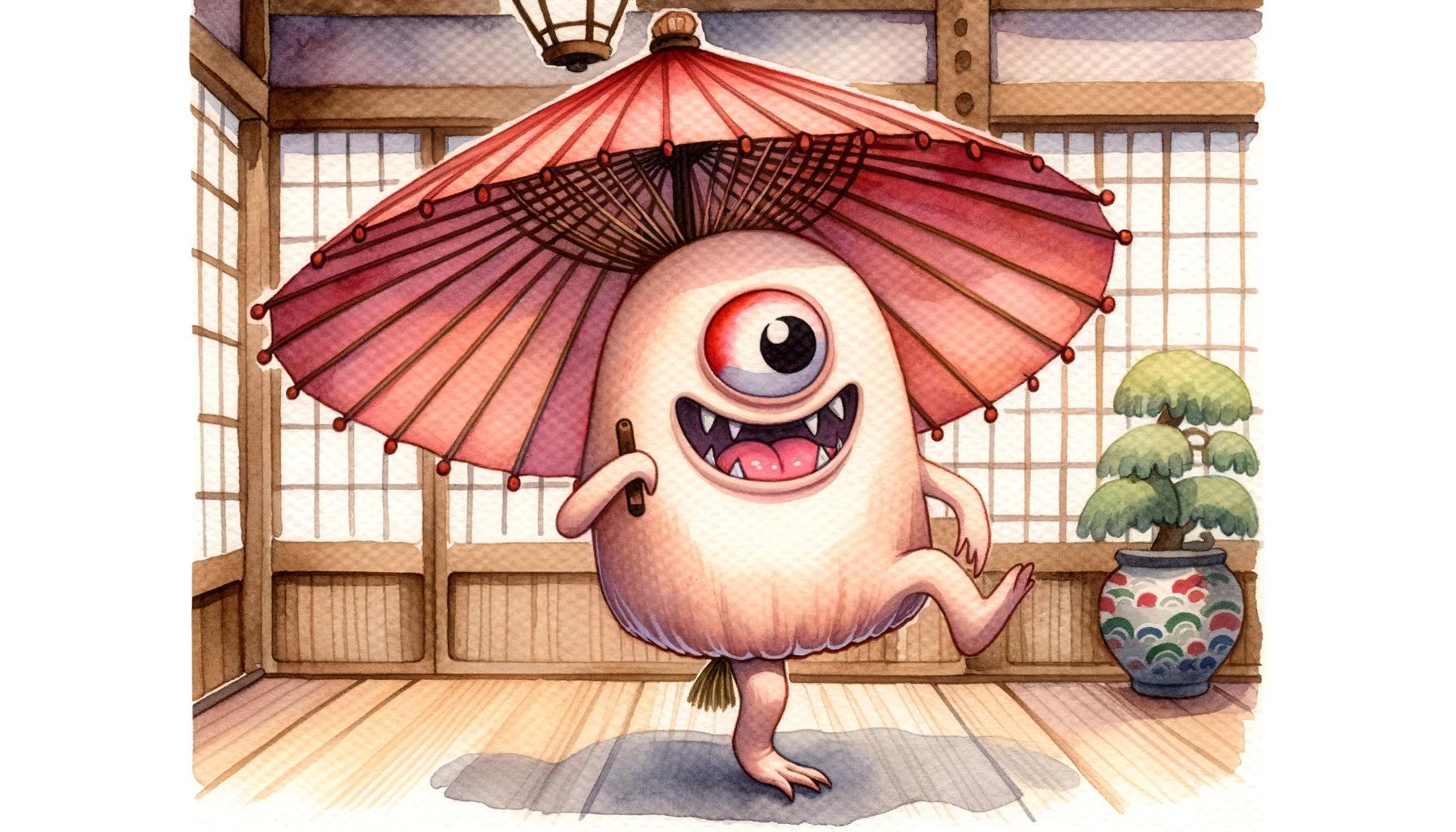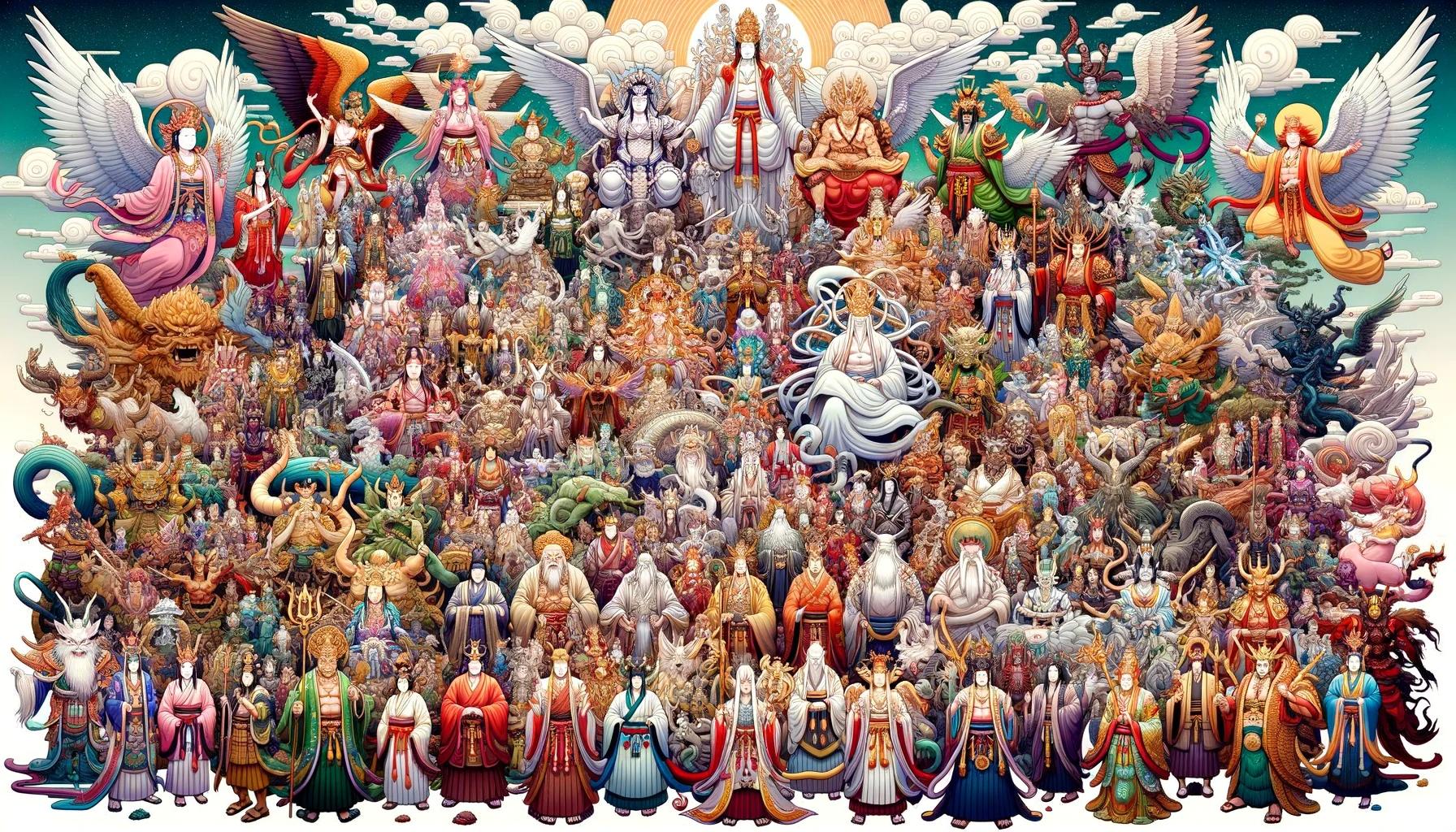Kitsune in Japanese Mythology: Unveiling the Fascinating Legends of Fox Spirits

Kitsune, the mythical fox creatures of Japanese folklore, have captivated the imaginations of people for centuries. From ancient mythology to modern pop culture, Kitsune have left an indelible mark on Japanese society.
This article explores their origins, nature, legends, and their significance in Japanese culture. Discover the shapeshifting abilities, different types of Kitsune, their mischievous tricks, and their association with humans. Additionally, explore their symbolism, role in festivals, and their presence in contemporary Japan.
Join us on a journey into the captivating realm of Kitsune in Japanese mythology.
The Origin and History of Kitsune in Japanese Folklore
In Japanese folklore, Kitsune, or foxes, hold a significant place in mythology, spanning centuries of cultural history. The tales surrounding Kitsune have captivated the imagination of the Japanese people, leaving a lasting impact on their culture and beliefs.
This section explores the early depictions of Kitsune, their prominence in ancient Japanese mythology, and their significance during the Edo period.
The Early Depictions of Kitsune in Japanese Culture
The presence of Kitsune in Japanese culture can be traced back to ancient times. These intelligent creatures were believed to possess powerful magical abilities and had an uncanny connection with the spirit world.
In traditional artwork and literature, Kitsune were often depicted as bewitching creatures with captivating beauty and alluring charm. They were portrayed as mischievous yet mesmerizing beings, capable of transforming into humans or other animals.
Kitsune in Ancient Japanese Mythology
Kitsune mythology intertwines with various aspects of ancient Japanese folklore. In these myths, Kitsune were revered as divine messengers and envoys of the Shinto deity Inari. They were believed to bring abundant harvests, protect rice fields, and bestow good fortune upon those who paid them respect.
Kitsune were seen as both benevolent and malevolent beings, capable of granting blessings or wreaking havoc depending on their intentions and the humans they encountered.
Kitsune during the Edo Period
The Edo period (1603-1868) saw a surge in interest and fascination with Kitsune. The folklore surrounding these mystical creatures became an integral part of entertainment and storytelling during this era. Stories of Kitsune’s cunning tricks, shape-shifting abilities, and interactions with humans were popularized through kabuki theater, storytelling performances, and written literature.
Kitsune became prominent characters in folklore and their tales were passed down through generations, solidifying their presence in Japanese culture.
- Key Points:
- Kitsune were depicted as bewitching creatures with enchanting beauty and charm.
- They were believed to possess magical abilities and could transform into humans or other animals.
- Kitsune were revered as divine messengers and associated with the Shinto deity Inari.
- During the Edo period, Kitsune’s stories became a popular form of entertainment in Japan.
The Nature and Characteristics of Kitsune
Kitsune, the mythical fox creatures of Japanese folklore, possess a mesmerizing array of nature and characteristics that have fascinated people throughout history.
From their physical appearance and shapeshifting abilities to their various types and connection with Inari shrines, Kitsune embody a rich tapestry of legend and lore.
Physical Appearance and Shapeshifting Abilities
Kitsune are often depicted as beautiful foxes with striking features.
They possess multiple tails, with the most powerful ones said to have up to nine tails. These tails symbolize their age, wisdom, and supernatural ability. Kitsune can also transform themselves into different forms, ranging from humans to objects, such as trees or even entire landscapes.
Their shapeshifting abilities allow them to deceive and manipulate their surroundings, making them elusive and enigmatic beings.
The Different Types of Kitsune
In Japanese mythology, there are several types of Kitsune, each with its own distinct characteristics and powers. The most common types include the celestial Kitsune, associated with the heavens and possessing immense magical abilities; the wild Kitsune, known for their mischievous pranks and cunning nature; and the benevolent Kitsune, who often act as guardians and bringers of good fortune.
These diverse types showcase the multifaceted nature of Kitsune in Japanese folklore.
Kitsune and Their Connection with Inari Shrines
Kitsune are closely tied to the worship of the Shinto deity Inari, who governs fertility, agriculture, and prosperity. In many Inari shrines across Japan, Kitsune are revered as messengers of Inari, with the belief that they bring blessings and divine favor to those who honor and worship them.
These sacred foxes are often depicted as statues or statuesque figures within these shrines, symbolizing their sacred role in Japanese spiritual and cultural traditions.
Kitsune Legends and Stories
Welcome to the enchanting world of Kitsune legends and stories, where mythical fox creatures captivate our imagination and unveil fascinating tales. Let’s delve into the famous legends and folktales that have been passed down through generations, showcasing the intriguing nature of Kitsune and their role in Japanese mythology.
Famous Legends and Folktales about Kitsune
Within Japanese folklore, there are numerous captivating legends surrounding Kitsune, each unique in its narrative and cultural significance. These tales often portray Kitsune as intelligent and magical beings, capable of transforming into humans, animals, or even inanimate objects.
- Kyūso no Kitsune: This famous legend tells the tale of a nine-tailed Kitsune who transforms into a beautiful woman to seduce and trick men.
- Tamamo no Mae: Known as one of the most well-known Kitsune stories, it revolves around a Kitsune taking the form of a courtesan who influences political events in ancient Japan.
- Kenkojiri: In this folktale, a clever Kitsune outwits a wicked samurai, teaching him a valuable life lesson.
Kitsune’s Mischievous Tricks and Pranks
Beyond their shape-shifting abilities, Kitsune also possess mischievous and playful tendencies.
Their pranks can range from harmless tricks to more cunning schemes, often displaying their wit and cunning nature.
- Transforming Objects: Kitsune are known to transform leaves, sand, or other everyday objects into valuable treasures, deceiving unsuspecting individuals.
- Pulling Pranks on Humans: Kitsune enjoy playing tricks on humans, such as creating illusions, leading them astray, or stealing their belongings for amusement.
- Manipulating Dreams: Kitsune can enter people’s dreams, blurring the lines between reality and fantasy, leaving the dreamers bewildered and intrigued.
These mischievous and playful aspects of Kitsune contribute to their allure and serve as a reminder of their supernatural abilities within Japanese mythology.
Kitsune in Japanese Pop Culture
Kitsune in Literature and Manga
Kitsune’s presence in Japanese literature and manga is widespread and captivating. From ancient tales to modern novels, these mythical fox spirits have captured the imagination of authors and readers alike.
In countless stories and manga series, Kitsune are portrayed as clever and mischievous beings with the ability to shape-shift, weaving their magic into the intricate plotlines. Notable works like “The Tale of Genji” by Murasaki Shikibu and manga series like “Kamisama Kiss” by Julietta Suzuki have highlighted the allure and mystique of Kitsune in literary masterpieces.
Kitsune in Movies and Television
The mesmerizing tales of Kitsune have also found their way onto the big and small screens, captivating audiences with their enchanting presence. In Japanese films and television shows, Kitsune continue to be popular characters depicted with their signature traits of shape-shifting and mischief.
Films like “Pom Poko” by Studio Ghibli and television series like “Gintama” have incorporated Kitsune characters, bringing their mythical powers and intriguing legends to life through stunning visuals and captivating storytelling.
Kitsune in Video Games
With the rise of video gaming culture, it comes as no surprise that Kitsune have become beloved figures in the world of interactive entertainment. In various video games, players are immersed in fantastical worlds where Kitsune play a significant role.
Whether they are portrayed as allies, enemies, or companions, Kitsune characters offer unique gameplay experiences. Games like “Okami” and “Persona 5” feature memorable Kitsune characters that carry the essence of Japanese mythology, adding an extra layer of depth and intrigue to the gaming experience.
Kitsune in Literature and Manga
• Kitsune as captivating characters in Japanese literature.
• Notable works and manga series featuring Kitsune.
• Portrayal of Kitsune with their shape-shifting abilities and mischievous nature.
Kitsune in Movies and Television
• Kitsune’s presence in Japanese films and television shows.
• Popular films and series featuring Kitsune characters.
• Depiction of Kitsune’s mythical powers and intriguing legends.
Kitsune in Video Games
• Kitsune’s role in modern video games.
• Examples of popular video games showcasing Kitsune characters.
• Unique gameplay experiences and Japanese mythological elements.
Kitsune and their Association with Humans
Kitsune, the fascinating fox spirits of Japanese mythology, are known for their intricate interactions with humans.
Through countless legends and folklore, the relationship between Kitsune and humans has been explored, revealing both their mischievous pranks and their benevolent influence on human life.
Interactions between Kitsune and Humans
Kitsune, renowned for their shape-shifting abilities, often take the form of beautiful young women to interact with humans.
They have been known to approach individuals, engaging in conversations, friendships, and even romantic relationships. These encounters can range from fleeting encounters in forests to long-term relationships that span generations. Despite their otherworldly nature, Kitsune show a deep understanding of human emotions and can be both playful companions and wise advisors.
There are numerous tales of Kitsune forming strong bonds with particular human families, offering protection, guidance, and prosperity throughout the generations. Some stories portray Kitsune as loyal guardians who protect their human companions from harm, while others showcase their abilities to grant wealth and good fortune.
However, Kitsune interactions with humans are not always without their tricks; mischievous Kitsune enjoy playing pranks and testing the wit of their human counterparts.
The Influence of Kitsune on Human Life
The presence of Kitsune in Japanese mythology has had a profound impact on human life and culture.
They are often seen as powerful and revered creatures, embodying traits such as intelligence, beauty, and cunning. As a result, Kitsune have inspired various art forms, literature, and performances throughout history.
Kitsune’s influence extends beyond the realms of folklore, as they have become an integral part of Japanese spirituality. Inari Shrines, dedicated to the deity associated with Kitsune, attract countless worshippers who seek blessings, protection, and guidance.
In these spiritual practices, believers offer food and prayers to Kitsune, recognizing their connection as intermediaries between humans and the divine.
Furthermore, Kitsune have left their mark on modern Japanese society, influencing popular culture, fashion trends, and even conservation efforts.
Their allure continues to captivate artists and writers, resulting in their continued presence in literature, manga, movies, television shows, and video games. Kitsune-themed merchandise and fashion styles inspired by their mystical qualities can be found in various aspects of contemporary Japanese culture.
Overall, the association between Kitsune and humans is a rich tapestry of mythology, spiritual beliefs, and cultural influences. Their intricate interactions and enduring presence demonstrate the enduring fascination and significance of Kitsune in Japanese society.
Kitsune and Symbolism in Japanese Culture
Kitsune, the mythical fox creatures of Japanese folklore, hold significant symbolism within Japanese culture. They are not only known for their mischievous nature and shapeshifting abilities but also for their association with various aspects of life, including luck, prosperity, and festivals.
Kitsune as a Symbol of Good Luck and Prosperity
Kitsune are often regarded as bringers of good fortune and prosperity in Japanese culture. They are believed to possess intelligence, wisdom, and the ability to grant blessings to those they favor.
It is said that encountering a Kitsune can bring luck and success in various endeavors, such as business ventures, academic pursuits, and personal relationships.
Japanese folklore often portrays Kitsune as benevolent creatures that offer protection and guidance to humans.
They are seen as guardians of household prosperity and are sometimes even revered as household deities. Their presence is believed to bring positive energy and ensure the well-being and prosperity of the family.
Kitsune’s Role in Japanese Festivals and Celebrations
Kitsune plays a prominent role in numerous Japanese festivals and celebrations, further highlighting their importance in Japanese culture. One such festival is the ‘Setsubun’ festival, where people perform a ritual called ‘Mamemaki’ by throwing roasted soybeans to drive away evil spirits.
During this festival, performers often dress up as Kitsune, symbolizing their protective role against malevolent forces.
Another festival in which Kitsune is celebrated is the ‘Oji Kitsune-no-gyoretsu,’ held in the Oji Inari Shrine located in Tokyo.
This vibrant procession involves participants wearing fox masks and costumes while parading through the streets. The festival symbolizes the reverence and connection between humans and Kitsune, showcasing the deep-rooted cultural significance of these mythical creatures.
- Kitsune are revered for their ingenuity and transformative abilities, emphasizing their association with cunning and adaptability.
- They are often depicted as celestial messengers or divine beings, serving deities such as Inari, the Shinto god of rice and prosperity.
- The appearance of multiple fox tails represents the age and wisdom of a Kitsune, with the most powerful ones possessing nine tails.
Overall, Kitsune hold immense symbolism in Japanese culture, representing good luck, prosperity, and serving as a vital part of traditional festivals.
Their significance and captivating folklore continue to intrigue and inspire people, connecting them to the rich mythology of Japan.
Kitsune in Modern Times
Kitsune, the mythical fox creatures of Japanese folklore, continue to captivate people in modern times. Their enduring presence is evident in various aspects of contemporary Japanese culture, beliefs, and conservation efforts.
Contemporary Beliefs and Practices involving Kitsune
In present-day Japan, Kitsune still hold a significant place in the beliefs and practices of many individuals. Some people believe that Kitsune possess supernatural abilities and can bring good fortune or grant wishes.
They are often revered and worshipped at shrines dedicated to Inari, the Shinto deity associated with foxes.
Apart from traditional beliefs, Kitsune have also been incorporated into aspects of popular culture.
Their images can be found in art, literature, manga, and even in video games. Additionally, Kitsune have become popular symbols in fashion trends, where their mystical allure is translated into unique designs and accessories.
Kitsune Art and Fashion Trends
Kitsune-inspired art and fashion trends have gained popularity both in Japan and around the world. Artists and designers draw inspiration from the enchanting world of Kitsune, creating stunning artworks, clothing, and accessories featuring fox motifs, vibrant colors, and intricate patterns.
This fusion of traditional and modern aesthetics showcases the enduring allure of Kitsune in contemporary society.
Kitsune Conservation Efforts in Japan
Recognizing the cultural and ecological significance of Kitsune, conservation efforts have been initiated to protect these mythical creatures and their habitats. Organizations and researchers are working diligently to ensure the preservation of fox populations and the ecosystems they inhabit.
By raising awareness about the importance of coexisting with nature, these conservation efforts aim to safeguard the legacy of Kitsune for future generations.
Overall, Kitsune remain an integral part of Japanese culture, even in the modern era.
Their continued influence is evident in contemporary beliefs, artistic expressions, and conservation initiatives. In a world constantly evolving, Kitsune serve as a reminder of the enduring allure of folklore and the importance of preserving cultural heritage.
- Related: Kitsune in Japanese Pop Culture
- Related: Kitsune and Symbolism in Japanese Culture
.











